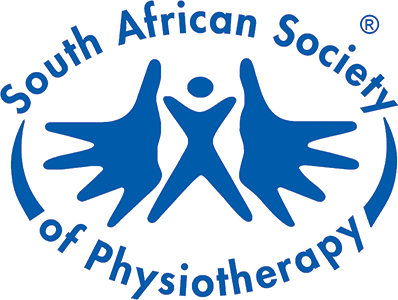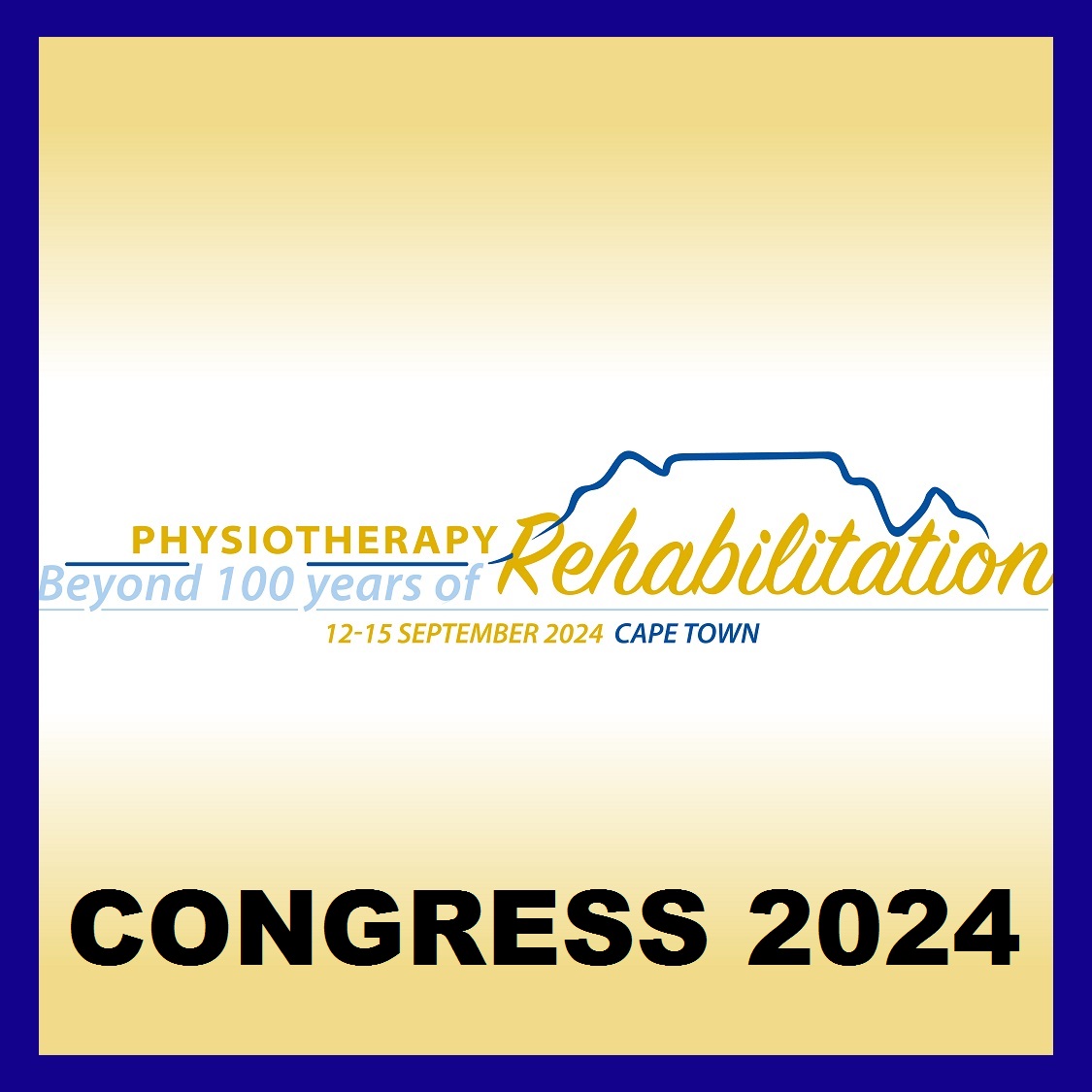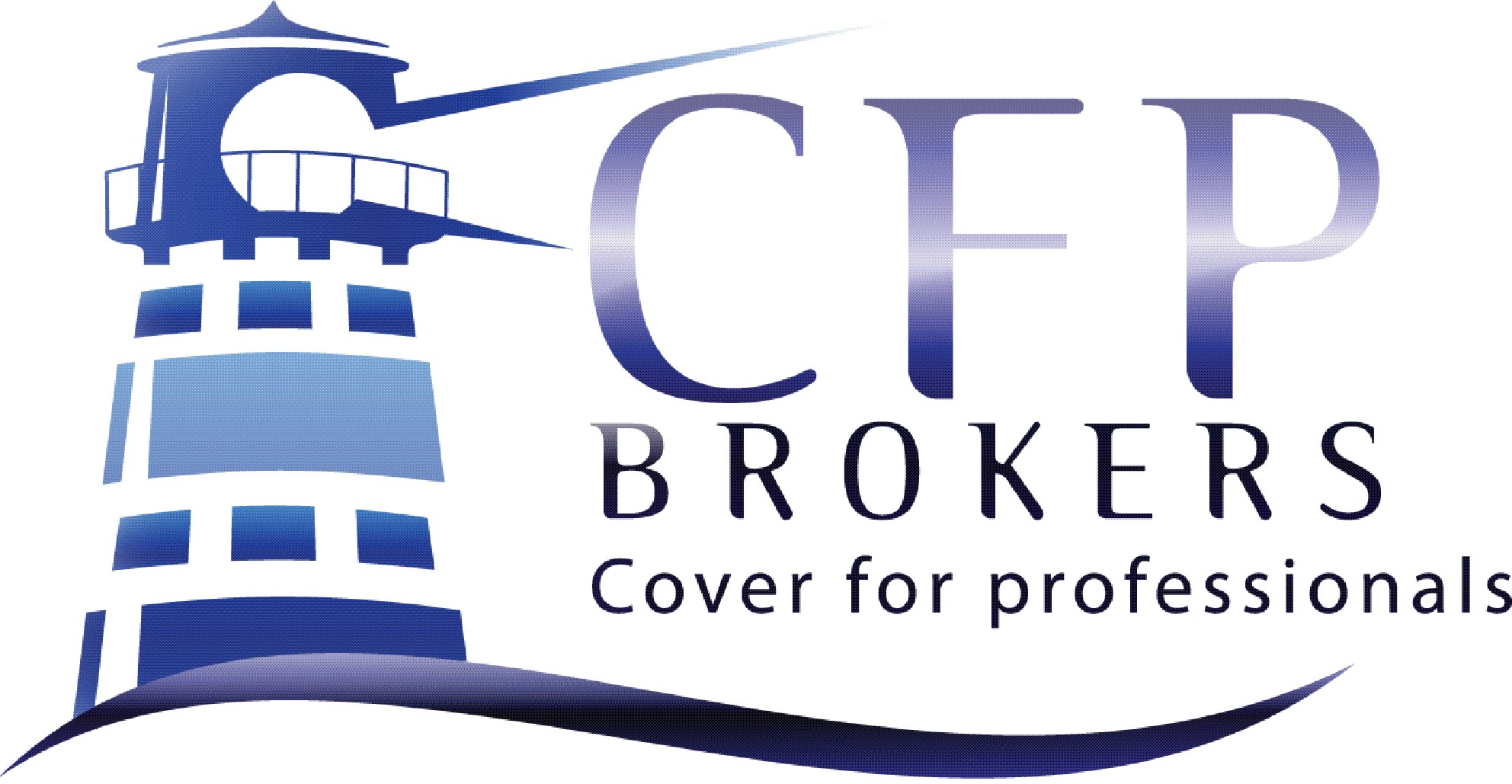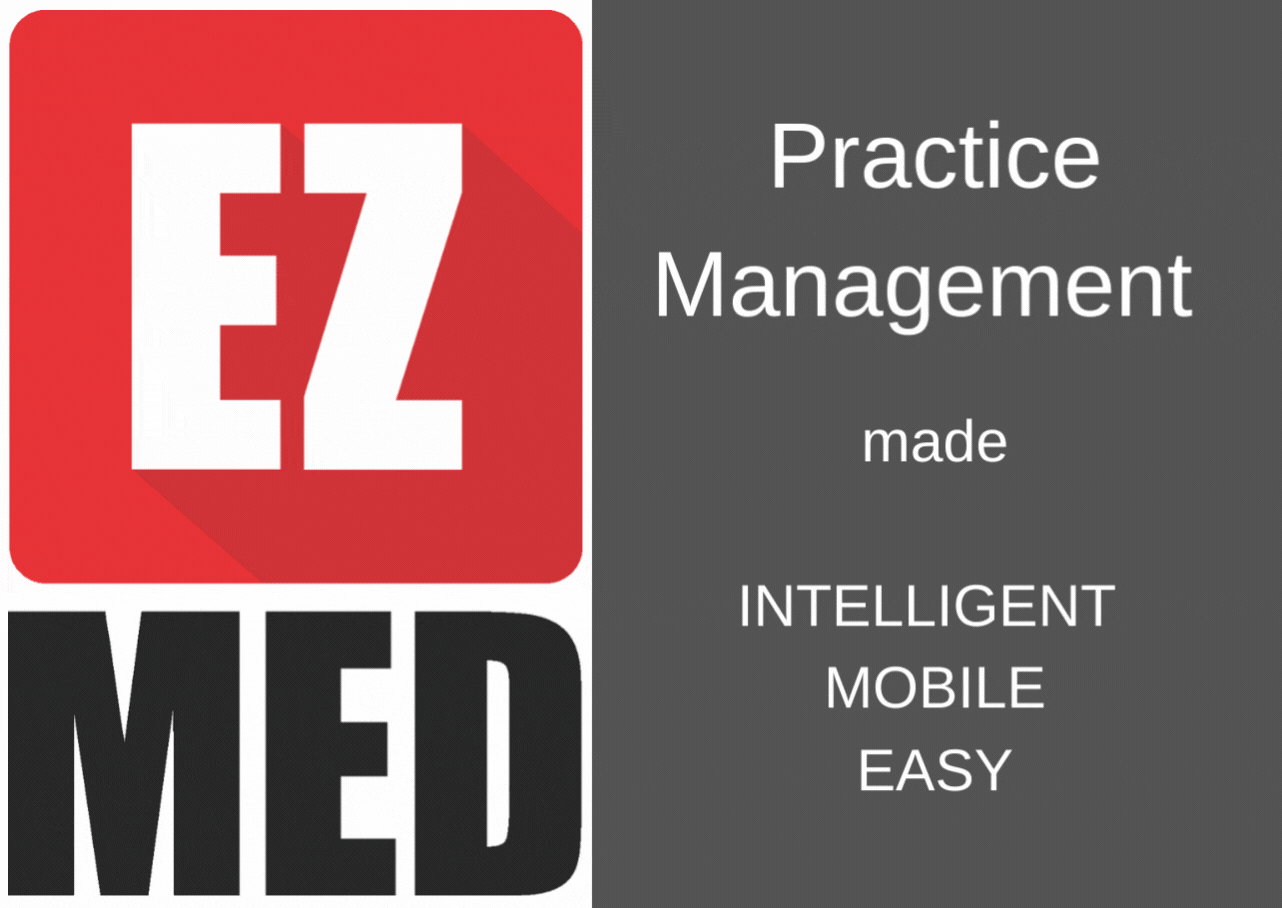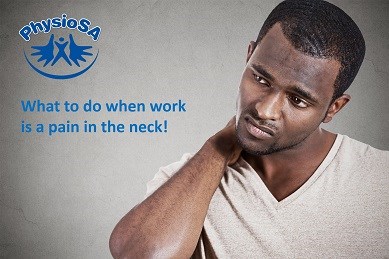
“The day is hot, the sun is in the zenith… The veld is very quiet – I hear the faint footsteps of the barefoot women as their heels hit the soft earth. I hear their breathing, the slight, rhythmic rattle of their ostrich eggshell ornaments, and the swish of their leather clothing.” (The Old Way, Elizabeth Marshall Thomas)
A description of a day at work? Yes, this is how women worked for many long millennia, long walks to find and gather food, carrying water in ostrich egg shells or leather containers, their babies slung around their backs or on their hips.
Their trapezius muscles, the long kite-shaped muscles, left and right, that lie between the spine, the shoulder and the head, would have been used for movements like throwing stones at small creatures coming in to pinch their finds, or when reaching overhead to grab fruit off a branch.
They were unlikely to suffer from the kind of neck and shoulder pain we do. The headache behind the eyes, in the temples, the ache in the corner of the jaw – none would have been the common phenomena they are today.
We did not evolve to live, work and play the way we do – and the epidemic of ‘trap’ pain that has swept across the world has its origins in specific things we do, especially at work, where we’ve become very sedentary – many of us sit for most of the working day.
We spend eight hours a day at least at work, and for many of us, this now means sitting hunched over a computer – and then going home and hunching over a smart phone or tablet.
The result? One of the most likely causes of days off work and debilitation is back pain and neck pain.
If you have burning pain in your shoulders, in the base of your neck and up into the lower part of the skull, or a burning feeling between your shoulder blades, chances are your trapezius muscles are overworking from an unnatural working life of repetitive movements and repetitive strain. And it’s not just the trapezius, but also other cervical muscles, muscles in the neck, which hold up our heads, can be affected.
Physiotherapists who work in the field of ergonomics (an applied science concerned with designing or arranging things so as to create an effective and safe workplace) have some suggestions for you:
• Check the position of your laptop or computer screen.
Your eyes should focus on the screen at a point 15 degrees below the horizontal – in other words, you should be looking very slightly downwards.
Is the computer positioned directly in front of you? Angling it even slightly off to one side or the other can cause strain on one side of the neck.
Make sure it is at a comfortable distance – at least an arm’s length away – so you can see the whole screen easily and don’t have to twist or move your head around.
Is there any glare on your screen or monitor? That causes strain.
• Forearms should be supported to ease strain placed on shoulders
• Don’t hold your phone between your shoulder and ear.
This causes intense strain on the muscles. Get a headset if you need to work while talking, or use a hands-free phone.
• Posture counts.
Do you thrust your head or your chin forward as you work? This can cause muscle strain and pain.
It takes time to change the habit. Imagine you are suspended from a balloon, with the string attached to the crown of your head. Your chin would naturally tuck in a little, and the curve in the back of your neck would straighten. That’s a good and comfortable posture – stop every now and then and consciously get into this position, until it becomes a habit.
• Move while you’re working
Give your body a break – move around every twenty minutes; pause to do your stretches or get up and walk around. Visit a colleague instead of phoning for info, grab a cup of coffee, or just walk the length of the office and back.
• Move when you’re not working
Try to avoid falling into the same positions and posture as you adopt at work when you’re not working – don’t hunch over screens during your leisure hours!
Stretch
Some simple stretches can help relive trapezius stiffness:
Drop your head forward so your chin is moving towards your chest and you feel a pull behind your neck. Hold for a count of ten, release, and repeat.
Tilt your head sideways as though you’re trying to touch your shoulder with your ear. Hold for a count of ten, release, and repeat tilting towards the other shoulder.
Turn your head so that you are pointing your chin towards your shoulder; press your chin down towards the shoulder, hold for a count of ten, release, and repeat again in the opposite direction.
Grab a tennis ball and head for the nearest wall. Place the ball between the wall and your trapezius muscles on either side of the spine and roll it up and down. When you find a spot that’s aching, press gently there for about a minute, until it feels released. Repeat on the other side.
Finally, get up and move around! Try never to sit in one place for more than twenty minutes.
Back